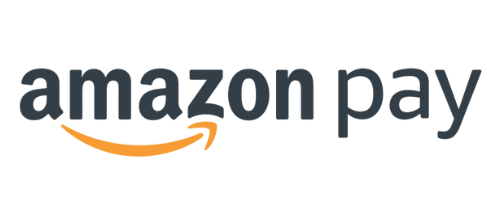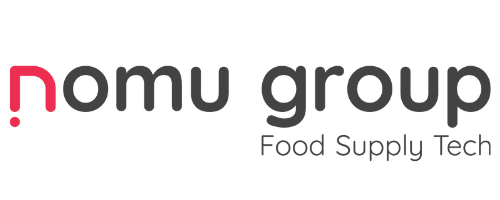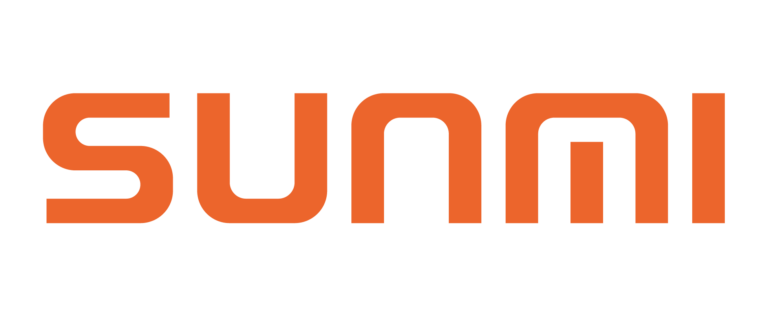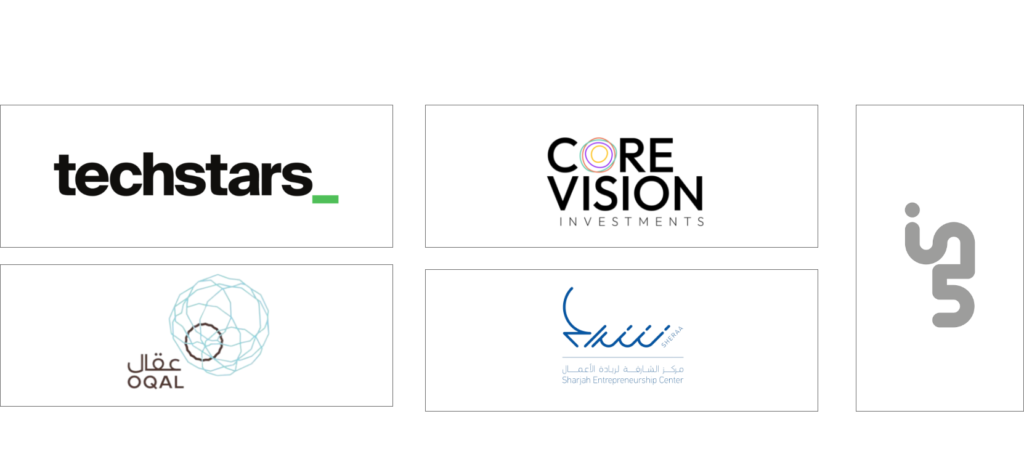
We Are

An Award-Winning
Restaurant
Point of Sale (POS) & Inventory Management System
You Can
Save
On The Cost
To
Service
Every Order.
Built with deep insights, working with restaurant owners.
We co-created technology that truly works for you by trimming the fat and serving only the things you need most.
QSR
Bakeshops
Fastfood
Fine Dine
Life Is
Hard
Enough.
Inventory & POS Shouldn't
Be.
Seamlessly see everything; from inventory to point of sale through customer orders with every sale.
Boost your margins & control cost as you consume inventory across the entire operations.
With
jalebi
You Can


Manage Suppliers
Streamline suppliers with our CRM and simplify your restocking and ordering.

Synchronize Menus
Your restaurant’s single source of truth; synced everywhere, from anywhere.

Automate Inventory
Inventory integrated with menus and never make a bad sale or run out of stock.


Optimize Recipes
Autonomously sync recipes and menus, with real-time consumption and options.

Report Insightfully
The true cost of food through its movement, down to each grain of salt that Bae sprinkles.
We Work Hard To
Simplify The Chaos
In Your Kitchen, Optimizing Inventory,
Minimizing Waste, While Enabling Transparency
Restaurant technology gets very messy.
On average, a restaurant can have 4 to 5 different systems
Without communicating, they create pitfalls in collections, reconciliation and decisions.

"jalebi not only helps operators achieve the benefits (e.g. improved margin) of inventory management, it also provides them with a user-friendly interface and painless integration across the entire operation, from sourcing supplies to servicing customers."
Peter Schatzberg,
Founder Sweetheart Kitchens, Partner Shatranj Capital Partners
Our Partnerships & Integrations
A Customer-First Approach














Everyone has favourites. And we want everyone to get along.
jalebi.io offers easy-to-configure features that will work well with other platforms and tools you love to use.
Making us the platform of choice to untangle your technology and enjoy running your food business.
Sounds fancy.

What's Inside







jalebi



What's Inside









jalebi



Experience jalebi.io's approach to food cost.
Backed By




What You Asked
The founders spend over 1 year and 100+ deep interactions with restaurant owners and operators across multiple high volume markets to understand the biggest challenges in kitchen operations. The result is a co-created way to see your entire operation, vertically anchored with inventory management.
We are launching to serve partners in Kingdom of Saudi Arabia.
Additional markets will be revealed closer to launch. If you are outside our coverage, let us know here and we will get in touch.
Not as much as you think. Not as much as you’re used to.
How much will you be willing to pay for the value of reducing your cost to service an order?
Join the waitlist and let’s shape your story, together.
We've Got You Covered
Save 15 cents on every dollar spent.
Remove your everyday hassle and focus on what you love.
Some of our customers










